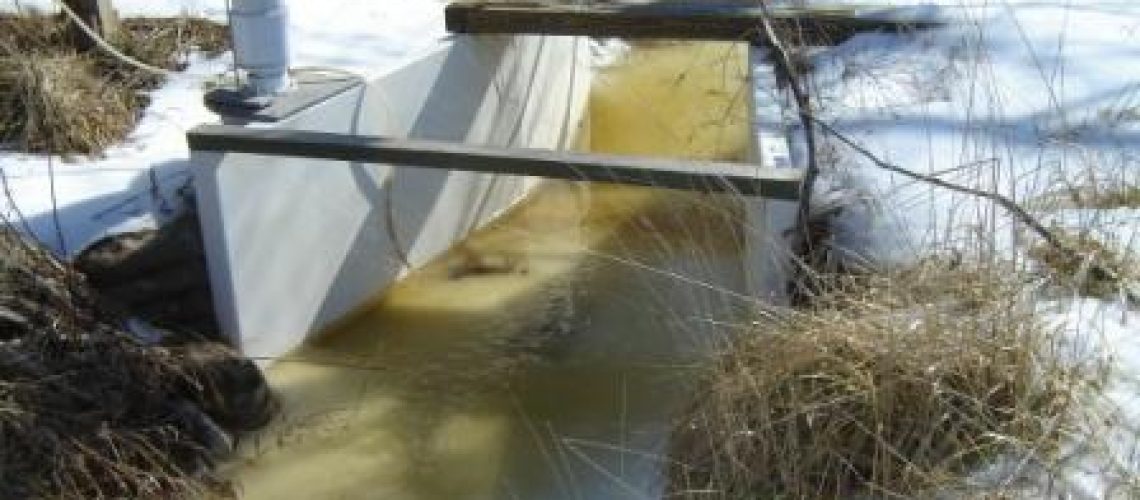One of the best aspects of flumes is that they’re largely self-cleaning, but they can still get blocked if you don’t perform the proper maintenance or they suffer from a lot of debris in a short amount of time. Vegetation can be especially hard for flumes to deal with, as the thick brush and matter can create blockages easier than a lot of other materials. Learn all about the problem of vegetative debris, and discover what to look out for with your flume.
Vegetative Debris in the Spring
The spring season can be especially problematic in regard to vegetative debris because of unique conditions that occur after winter. The most obvious problem is that spring has a lot of vegetation growing and blooming after months of little activity. While this most commonly occurs upstream of a flume, dormant seeds that are inside the flume can begin to grow as well.
The change from winter to spring creates unique challenges for your flume. In a lot of cases, flows are weaker during the colder months, which prevents a lot of the self-cleaning ability of flumes. The typical flume design allows a lot of debris to be washed away, but that doesn’t happen when the flow isn’t going fast enough to dislodge any debris buildup. That weak flow can let a lot of debris plant itself when it normally wouldn’t, which creates a greater challenge to overcome as spring arrives.
Vegetative Debris in the Fall
The fall season offers its own array of problems that can arise when it comes to debris in your flume. The vegetative debris during this season is composed of leaves more than anything else. While leaves falling off trees is one of the main features of the season, it’s not uncommon to find twigs and branches in the flume as well. They pile up quite quickly, and that can sometimes counteract the force of the flow and the flume’s ability to clean itself.
Note that this kind of vegetative debris is usually only a problem when you find yourself in heavily wooded areas. Leaves and branches typically fall upstream of your flume and gradually make their way inside where they get stuck. If the buildup is bad enough, the flow may back up and go over the flume, rendering all measurement efforts fruitless.
Dealing With Debris
To ensure that your flume is working properly even in the face of vegetative debris, you’re going to have to perform some maintenance. The first step is getting all the debris out of the flume. The best way to remove a clog is simply to extract all the debris yourself and get it out of the channel. The more difficult aspect of maintenance is prevention, where you stop the clog from forming in the first place.
Proper maintenance involves altering the upstream conditions to prevent any kind of clog from forming in the first place. This primarily means clearing out vegetation surrounding the channel, lessening the amount of leaves and other plant matter that can fall in. If you haven’t installed your flume yet, you may want to consider non-wooded areas for your channel if possible.
Flumes From Tracom
Now that you know how to deal with the problem of vegetative debris, you can get a flume of your own. At Tracom, we’re happy to offer a wide variety of flumes along with a team that will work with you on a custom creation. Contact us today to get started!



